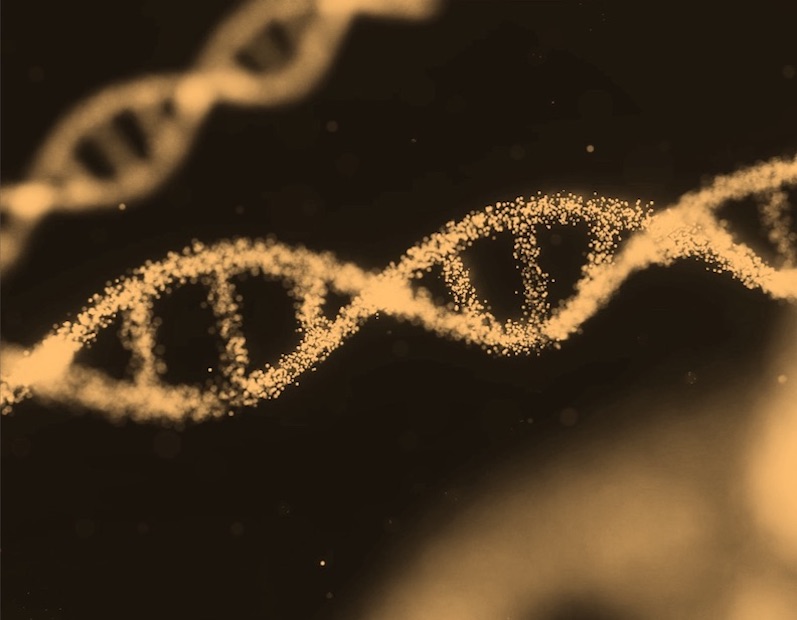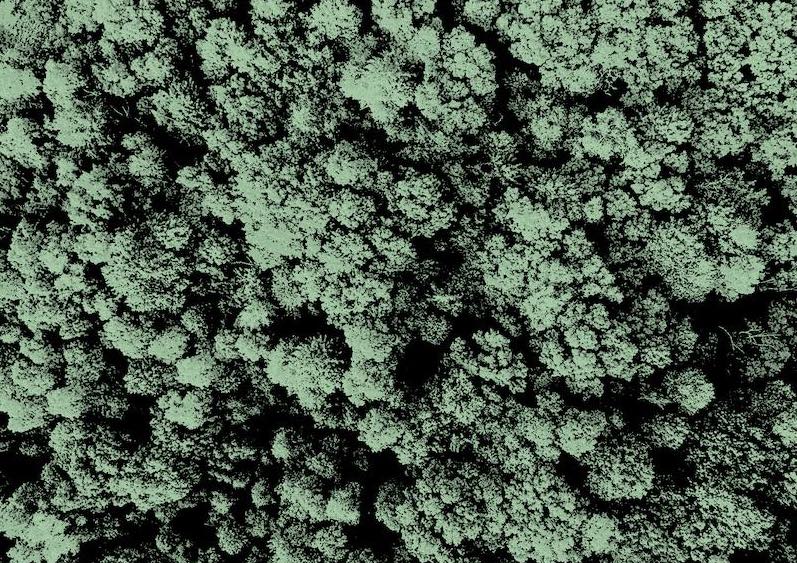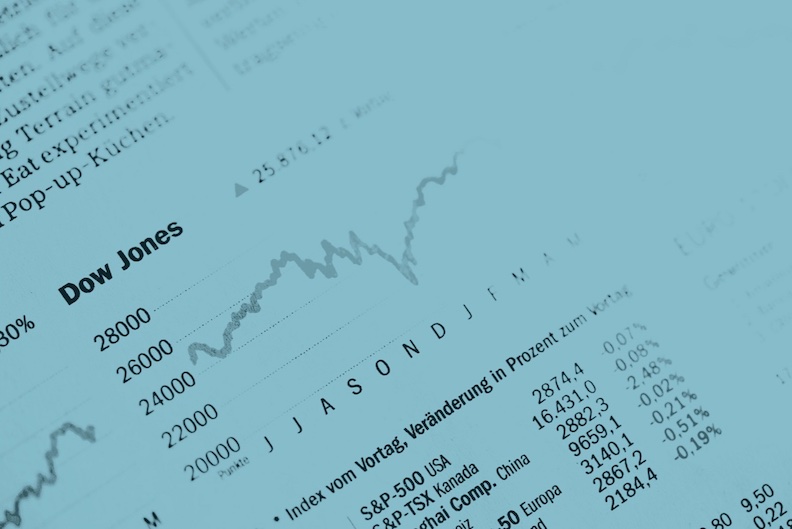What is it about?
We have analyzed and reduced a general (quantum-mechanical) expression for the atom-atom exchange energy formulated as a five-dimensional surface integral, which arises in studying the charge exchange processes in diatomic molecules. It is shown that this five-dimensional surface integral can be decoupled into a three-dimensional integral and a two-dimensional angular integral which can be solved analytically using a special decomposition. Exact solutions of the two-dimensional angular integrals are presented and generalized. Algebraic aspects, invariance properties and exact solutions of integrals involving Legendre and Chebyshev polynomials are also discussed.
Featured Image

Photo by Terry Vlisidis on Unsplash
Why is it important?
We have in effect re-derived the Herring-Flicker (HF) result i.e. the lead term of an asymptotic series for the exchange energy splitting of the two lowest states of the Hydrogen Molecule. From a mathematical point of view, the HF result was a tour-de-force.
Perspectives
The very precise calculations of “Long-range asymptotics of exchange energy in the hydrogen molecule” [J. Chem. Phys. 152, 174308 (2020)] largely vindicated this result even if the authors of this paper, Siłkowski and Pachucki (SP), were somewhat reluctant to admit it!!!
Dr Tony Cyril Scott
RWTH-Aachen University
Read the Original
This page is a summary of: Exchange Energy for Two-Active-Electron Diatomic Systems Within the Surface Integral Method, Applicable Algebra in Engineering Communication and Computing, August 2004, Springer Science + Business Media,
DOI: 10.1007/s00200-004-0156-6.
You can read the full text:
Resources
Contributors
The following have contributed to this page







